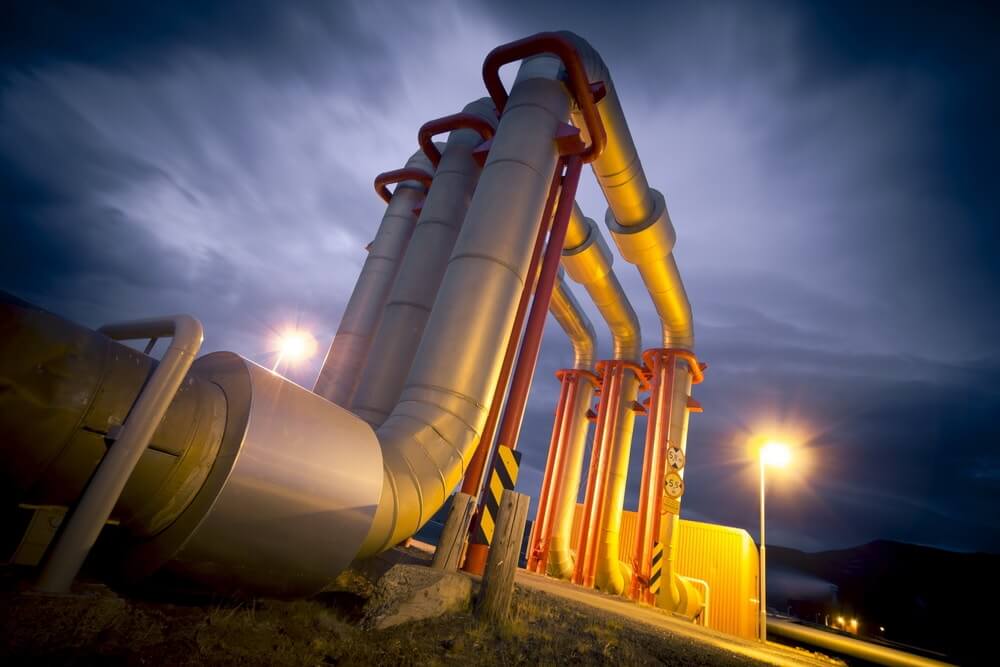
The Rising Cost of Oil
Tuesday saw an increase in oil prices, reversing session-long losses. A lower dollar outweighed China’s Covid-19 limitations, which have fueled concerns about a potential slowdown in gasoline demand in the world’s second-largest oil user.
Brent crude for January delivery increased 73 cents, or 0.8%, to $93.54 per barrel. On Monday, the December contract ended at $94.83 per barrel, a 1% decrease.
After losing 1.6% in the previous session, U.S. West Texas Intermediate (WTI) crude increased 58 cents, or 0.7%, to $87.11 per barrel.
Organization of the Petroleum Exporting Countries and its allies, including Russia, that they would reduce output by 2,3 million barrels per day, the benchmark Brent and WTI prices ended October higher. This was their first monthly gain since May. In response to a basket of global peers, the dollar declined on Tuesday from a one-week high as traders anticipated the Fed’s message at its policy meeting on Wednesday.
Oil costs less for holders of other currencies when the dollar is lower, and this typically indicates that investors are more willing to take on risk.
On Monday, OPEC increased its projections for the medium- and long-term oil demand, stating that despite the switch to renewable energy sources, $12.1 trillion in investment will still be required to meet this need. Strict pandemic regulations reduced China’s imports from Japan and South Korea and caused a decline in industry activity in October.
As many nations struggle with rising oil prices and inflation, politicians and governments worldwide are preparing for possible social unrest.
The European conflict, shortages of food, fuel, and oil, as well as high inflation, are all putting pressure on the world economy. Each problem has made the one before it worse.

Oil Giant Saudi Aramco’s Profit
On the strength of increased crude prices and a tightening global supply, state-owned oil giant Saudi Aramco reported a 39,32% increase in net income for the third quarter compared to last year.
Just above forecasts, net income increased to $42.4 billion for the quarter, up from $30.4 billion in the same period last year. The Saudi business also declared a record $45 billion in free cash flow, up from $28.7 billion a year earlier, and paid out $18.8 billion in dividends for the second quarter. It will distribute the same amount as its third-quarter dividend in the fourth quarter.
Not just Aramco predicts that the oil demand will continue to climb.
On Monday, the Organization of Petroleum Exporting Countries (OPEC) increased its medium- and long-term predictions for petroleum demand. It stated that $12.1 trillion in investments would be needed to achieve it.

European Gas Declines Again
The heating season was delayed by warm weather, which helped regional economies on the verge of recession by lowering natural gas costs in Europe. Benchmark futures fell by up to 5%. A warm October enabled more gas pumping into storage facilities that were already more full than usual, so prices have dramatically fallen in recent weeks. Large liquefied natural gas imports and decreased industrial demand have also aided in offsetting Russia’s supply reductions.
Due to limited supply around the world, risks are still present. Even though prices have recently dropped, European gas costs are still around four times higher than they should be at this time of year. While supply worries for this winter are subsiding, next year may be more difficult since stockpiling may be more difficult without the typical Russian supply. To ensure that Europe’s economies are safe from rising energy prices, policymakers are considering additional measures. Later this month, the energy ministers of the European Union want to agree on a new set of recommendations.




